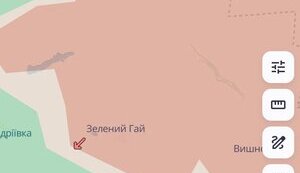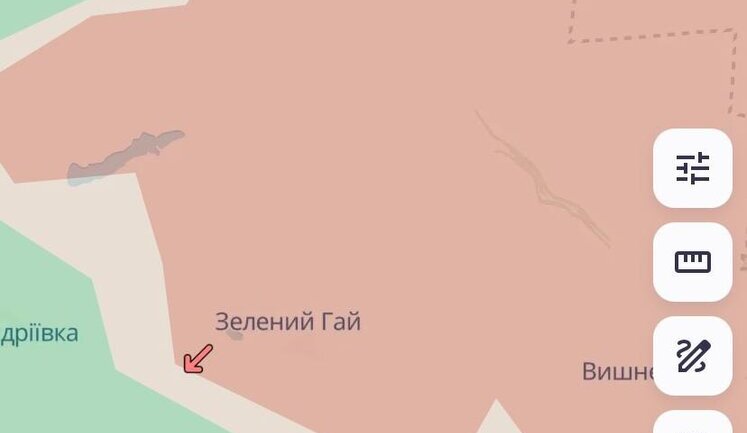Hostilities in the Kharkiv region continue to intensify, with significant military action recorded in recent weeks. The Phoenix unit successfully conducted drone strikes, eliminating enemy tanks and personnel. Concurrently, the Third Assault Brigade dismantled enemy positions, showcasing their strategic prowess. Increased drone activities, as reported by DeepState, highlight a shift in attack patterns along the Sloviansk-Izium highway, further exacerbating tensions. Russian forces have gained control of strategic locales such as Zelenyi Hai, intensifying battles across the region. The situation remains volatile as Ukrainian Defense Forces strive to counter aggressive moves by Russian troops. Stakeholders and observers are keenly monitoring these developments as they unfold, underscoring the strategic importance of the region.
What recent successes have Ukrainian forces achieved in the Kharkiv region?
Ukrainian forces, including the Phoenix unit and Third Assault Brigade, have made strategic advancements in the Kharkiv region. They have successfully executed drone strikes, destroying enemy tanks and personnel, and dismantling enemy positions, demonstrating their operational capabilities amidst ongoing hostilities.
How are drones influencing conflict in the Kharkiv region?
Drones play a pivotal role in the Kharkiv conflict, particularly strike UAVs used by Ukrainian units for targeted attacks. Recent reports indicate these drones have effectively targeted enemy personnel and equipment, marking a shift towards aerial combat tactics and enhancing the situational awareness and tactical advantage of Ukrainian forces.
What is the current status of Russian advancements in the Kharkiv region?
Russian forces have made certain territorial gains within the Kharkiv region, notably securing control over areas such as Zelenyi Hai. These advancements have intensified battles and expanded the geographical scope of the conflict, prompting increased defensive measures by Ukrainian forces in response to the evolving military landscape.
Are there particular areas in the Kharkiv region facing increased military action?
Yes, specific areas in the Kharkiv region, including the Sloviansk-Izium highway and regions near Kupiansk, have witnessed heightened military activity. The intensified use of shelling and drone strikes in these locales underscores their strategic significance and the severity of hostilities as both forces vie for control.
What strategies are Russian forces employing in the Kharkiv conflict?
Russian forces are utilizing a combination of tactics, including drone operations, heavy shelling, and targeted incursions, to gain an upper hand in the Kharkiv conflict. Their strategic focus includes capturing key roads and villages, using FPV drones for targeted attacks, and rotating troops to sustain prolonged engagements.
How are Ukrainian defense strategies evolving in response to the conflict?
Ukrainian defense strategies in the Kharkiv region are adapting to counter Russian aggression through intensified drone operations, strategic raids, and bolstering positions to repel advances. The deployment of strike UAVs marks a tactical emphasis on precision engagements, aimed at disrupting the operational capabilities of Russian forces.




























































